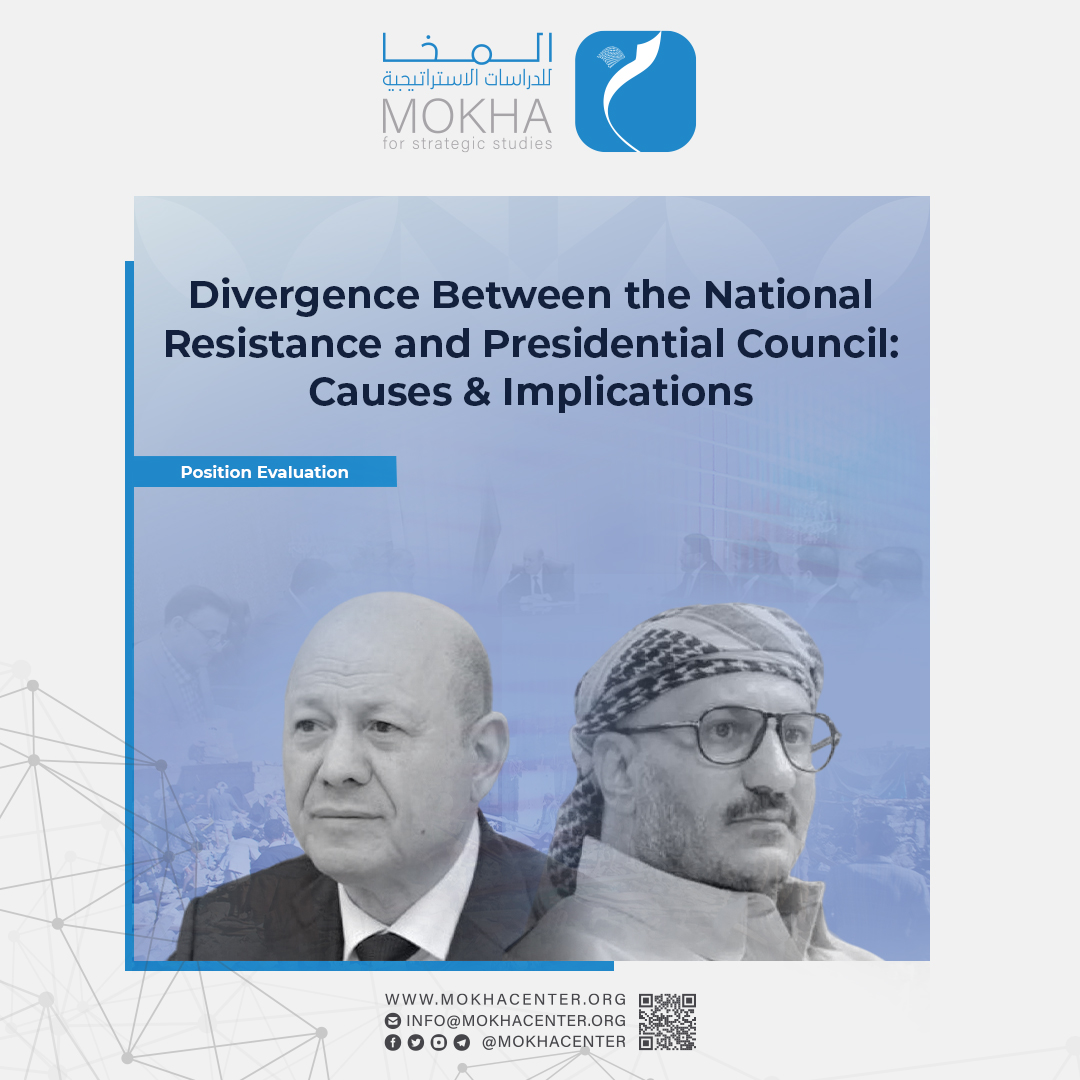Yemen: Administrative Decentralization to Contain Separatist Trends & The Road to Federalism

| Getting your Trinity Audio player ready... |
Abstract
Despite the implementation of political pluralism in the early 1990s, Yemen’s political structure proved incapable of addressing sectarian conflicts in the north and regional disparities in the south. The prevailing culture of autocracy, personalized governance, and unchecked wealth accumulation persisted, exacerbating tensions and leading to the outbreak of violent conflicts. These conflicts are deeply rooted in Yemen’s tumultuous history, marked by continuous struggles for power and resources.
The integration of the two Yemeni regions into the Republic of Yemen in 1990 held promise for establishing sustainable political governance. However, the unity state system ultimately failed to deliver on this promise, to the detriment of the Yemeni people. Despite the potential for a cohesive political framework, the underlying issues remained unresolved, allowing grievances to fester and erupt into widespread violence.
The Yemeni youth revolution of 2011, alongside earlier calls for political reform, reflected the growing dissatisfaction with the existing political order. In 2014, the National Dialogue proposed transitioning to a federal state as a potential solution. However, this proposal was not realized. Instead, conflicts escalated, resulting in further bloodshed and the fracturing of the country. Calls for secession and autonomy gained momentum amidst the escalating turmoil and instability.



